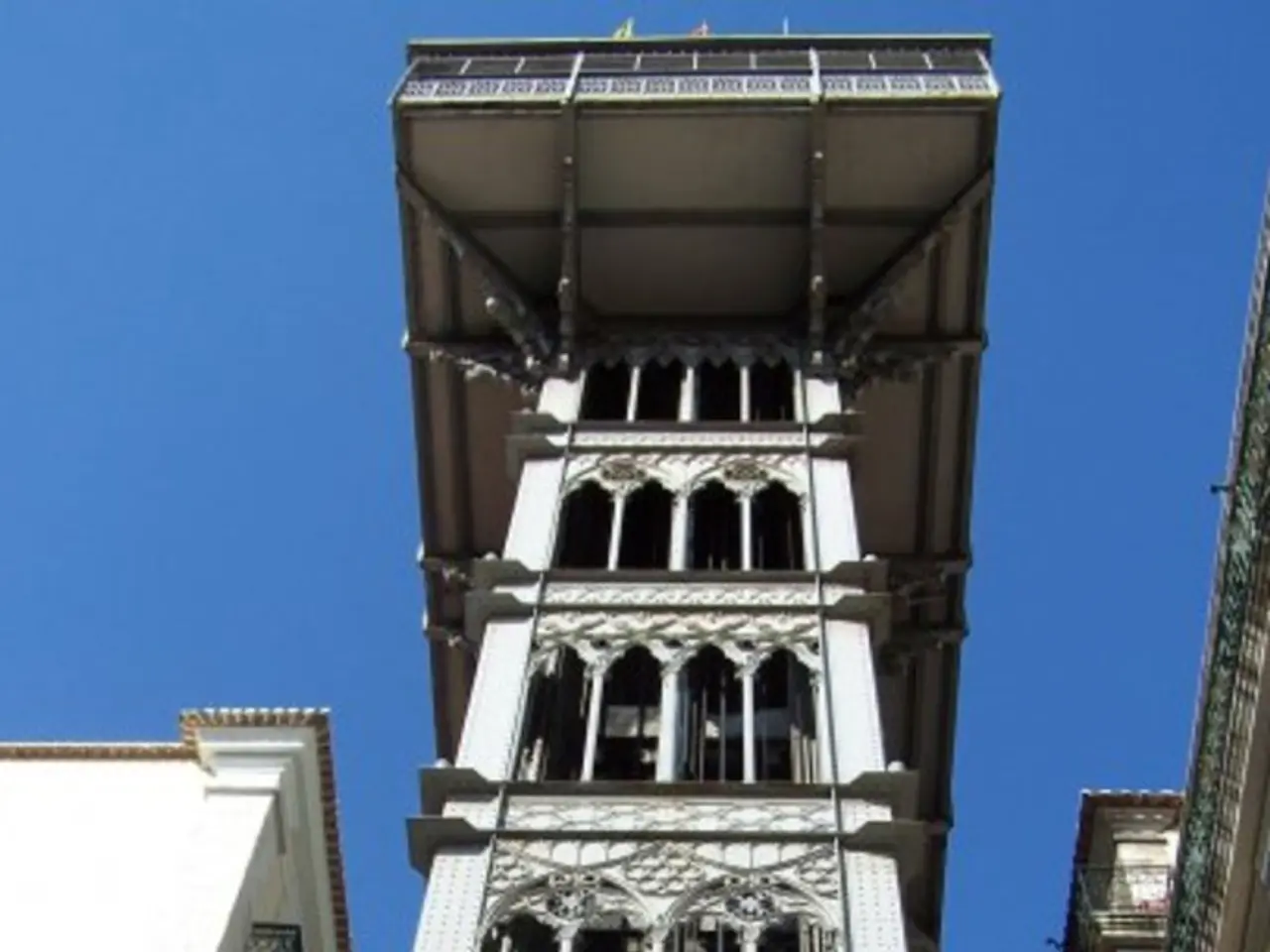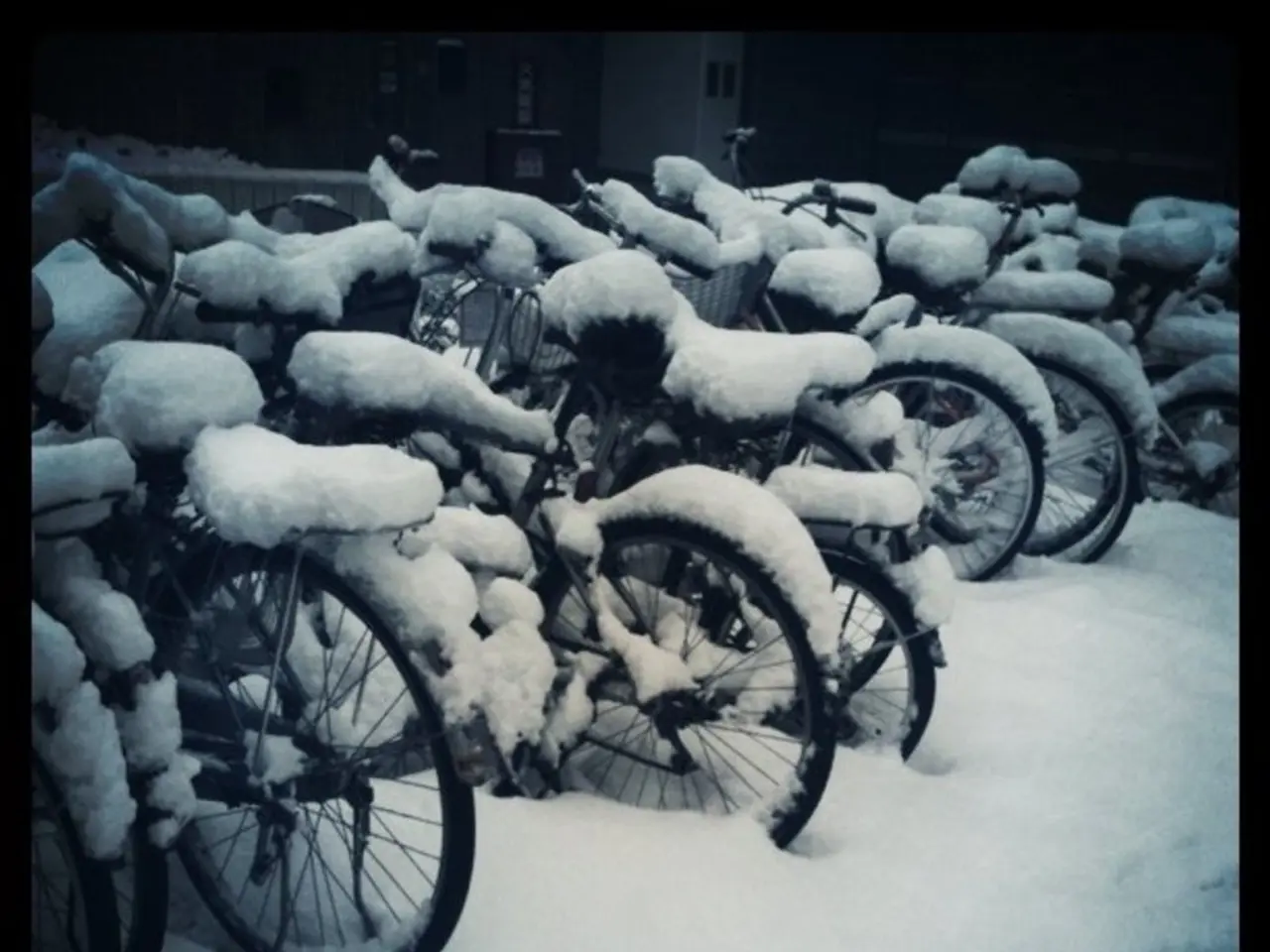Police district in Denmark experiences approximately 100 instances of damage caused by adverse weather conditions.
Despite the unprecedented heavy rainfall that hit Denmark, particularly in the South Zealand and Lolland-Falster police district, the number of claims received by insurance companies has been surprisingly low.
According to reports, the six insurance providers have combined received a total of 1,110 claims related to rain damage on Monday [3]. This is less than expected, according to spokespersons from the insurance industry [1].
Helene Vogt Ibsen, head of housing at If and Topdanmark, stated that they have received far fewer claims than initially anticipated, considering the weather warnings [2]. Ritzau, a Danish news agency, reported on the low number of claims received by the six insurance companies.
The low number of claims received is surprising, given the severe weather warnings that were issued before the rainfall [1]. Areas like Møn island and Neble recorded about 125–130 mm of rain by midday July 22, while Nykøbing Falster, located in Lolland-Falster, experienced 86.3 mm of rain within 24 hours [1][2].
The heavy rainfall led to Denmark’s first-ever red weather alert issued by the Danish Meteorological Institute (DMI) for "dangerous rainfall," signifying the severity of the event [1][2]. Despite the intense rainfall and warnings of urban flooding, overwhelmed drainage, and infrastructural impacts, no major flooding or significant damage had been reported as of the immediate aftermath [2].
Authorities had been alerted in advance, which helped mitigate the worst outcomes, though delayed flooding effects remained possible [2]. The DMI continued to warn of local cloudbursts and thunder following the main event into early August, contributing to ongoing flood risks and potential contaminated water concerns [4].
Despite the lack of major damage reports, the Danish Roads Directorate (Vejdirektoratet) is still working to clear flooded roads in the affected area [5]. The police station in Zealand town Slagelse was hit by flooding, with water entering the building's basement [1].
In summary, the situation was serious enough to prompt historic alerts and heavy rain records in South Zealand and Lolland-Falster with localized flooding risks and preparedness measures taken. However, large-scale damage or major floods had not been reported by early August 2025.
Environmental scientists are puzzled by the low number of claims related to weather damage, given the severity of the recent climate-change-induced heavy rainfall in Denmark. Science news outlets are reporting an unsual low number of claims from insurance companies despite the dangerous red weather alert issued by the Danish Meteorological Institute. Artists, meanwhile, see a missed opportunity to create powerful pieces that depict the harsh realities of climate change, as the weather event did not result in significant environmental-science-related disasters in Denmark.








